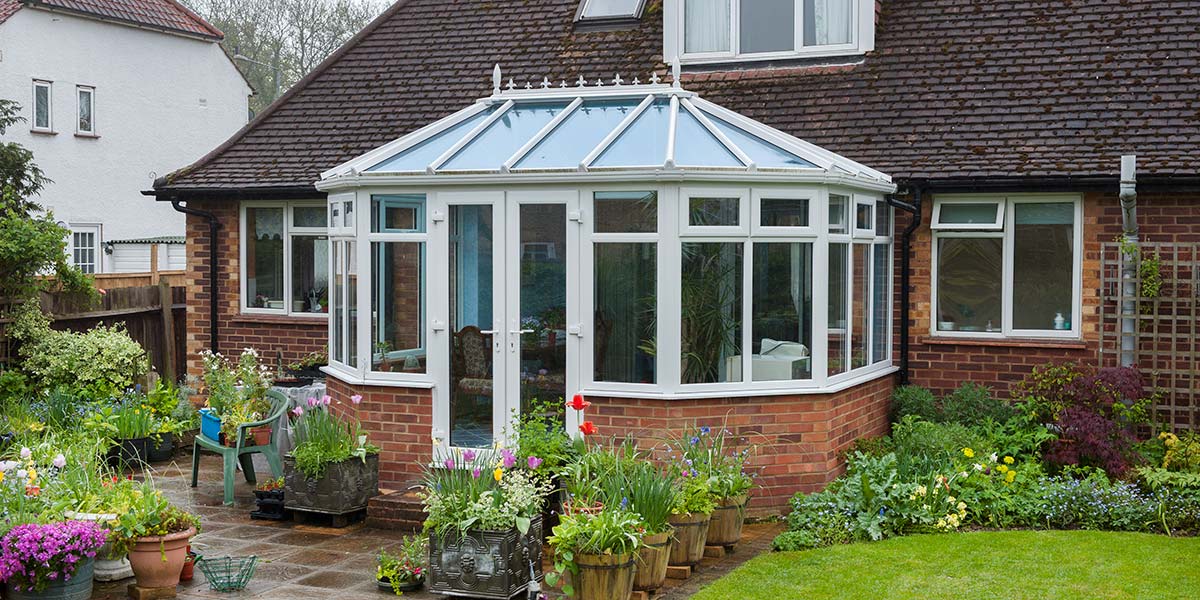We very much doubt that the potential need for planning permission is the first thing that comes into your head when you intend to invest in a conservatory or orangery. It ought to be a major consideration though as ignorance of planning permission requirements, whether intentional or accidental, could prove disastrous.

5 Star is the sort of company that would never allow a customer to innocently or purposely flout planning laws as it’s something we discuss in some detail before any extension is built by our installers.
It may transpire that the proposed design is classified as a “permitted development” in which case planning laws are automatically satisfied and no application for planning permission needs to be submitted.
To encourage Britain to get building, size limits for single-storey rear extensions built before 30th May 2019 have been relaxed by the Government, so there’s a good chance your preferred conservatory or orangery will be a “permitted development”.
You’ll know for certain that it is if all of these limits and conditions are fulfilled…
- No more than half the area of land around the “original house”* would be covered by additions or other buildings.
- No extension forward of the principal elevation or side elevation fronting a highway.
- No extension to be higher than the highest part of the roof.
- Single-storey rear extension must not extend beyond the rear wall of the original house* by more than three metres if an attached house or by four metres if a detached house.
- In addition, outside Article 2(3) designated land* and Sites of Special Scientific Interest the limit is increased to 6m if an attached house and 8m if a detached house until 30 May 2019.
- These increased limits (between 3m and 6m and between 4m and 8m respectively) are subject to the prior notification of the proposal to the Local Planning Authority and the implementation of a neighbour consultation scheme. If objections are received, the proposal might not be allowed.
- Maximum height of a single-storey rear extension of four metres.
- Extensions of more than one storey must not extend beyond the rear wall of the original house* by more than three metres.
- Maximum eaves height of an extension within two metres of the boundary of three metres.
- Maximum eaves and ridge height of extension no higher than existing house.
- Side extensions to be single storey with maximum height of four metres and width no more than half that of the original house.
- Two-storey extensions no closer than seven metres to rear boundary.
- Roof pitch of extensions higher than one storey to match existing house.
- Materials to be similar in appearance to the existing house.
- No verandas, balconies or raised platforms.
- Upper-floor, side-facing windows to be obscure-glazed; any opening to be 1.7m above the floor.
- On designated land* no permitted development for rear extensions of more than one storey.
- On designated land no cladding of the exterior.
- On designated land no side extensions.
* The term “original house” means the house as it was first built or as it stood on 1 July 1948 (if it was built before that date). Although you may not have built an extension to the house, a previous owner may have done so.
* Designated land includes conservation areas, national parks and the Broads, Areas of Outstanding Natural Beauty, and World Heritage Sites.
What happens if it isn’t a permitted development?
You will have to submit a planning application to the planning department at your local authority. Usually you will receive a written reply within eight weeks, though it can take up to 13 weeks in some circumstances.
Get 5 Star help with planning
5 Star has in-depth knowledge of planning permission and is a specialist at creating conservatories and orangeries that local planners love.
More information about planning permission can be found in a downloadable document on our Helpful Guides page.